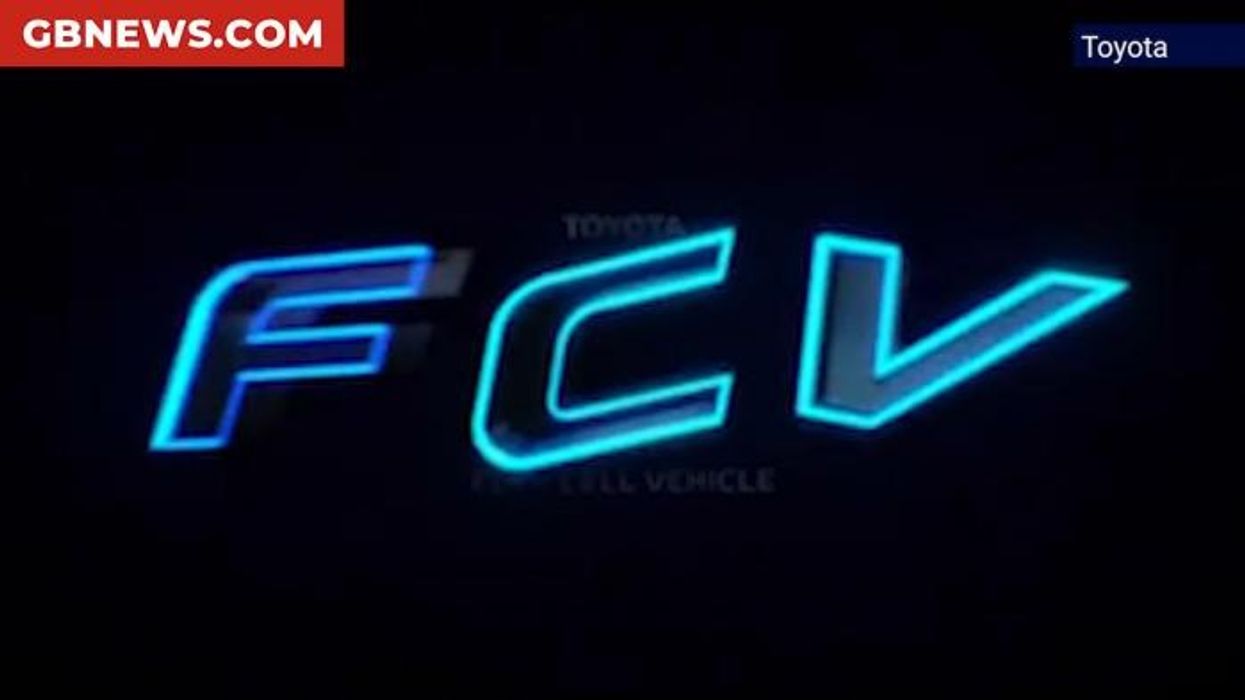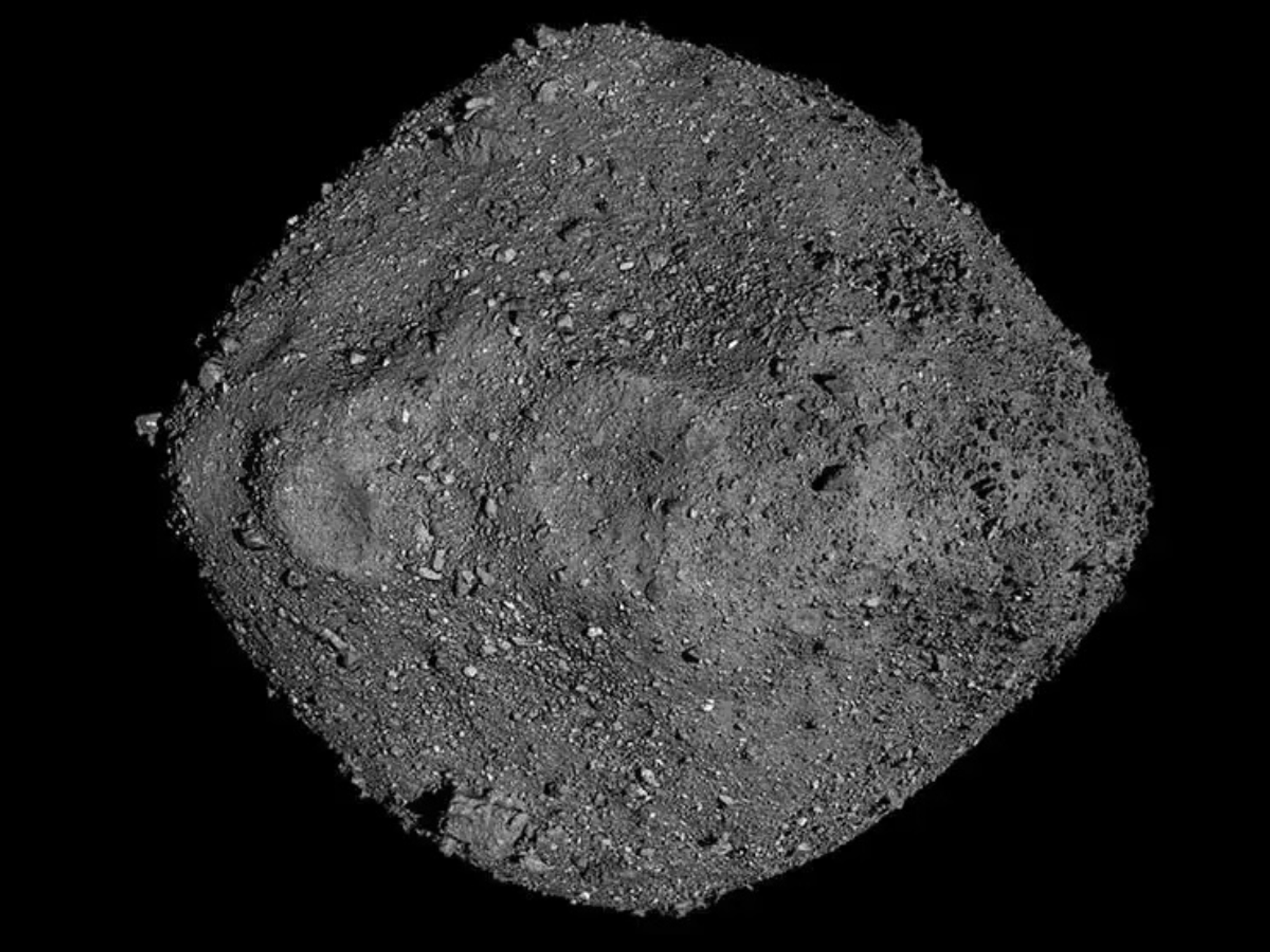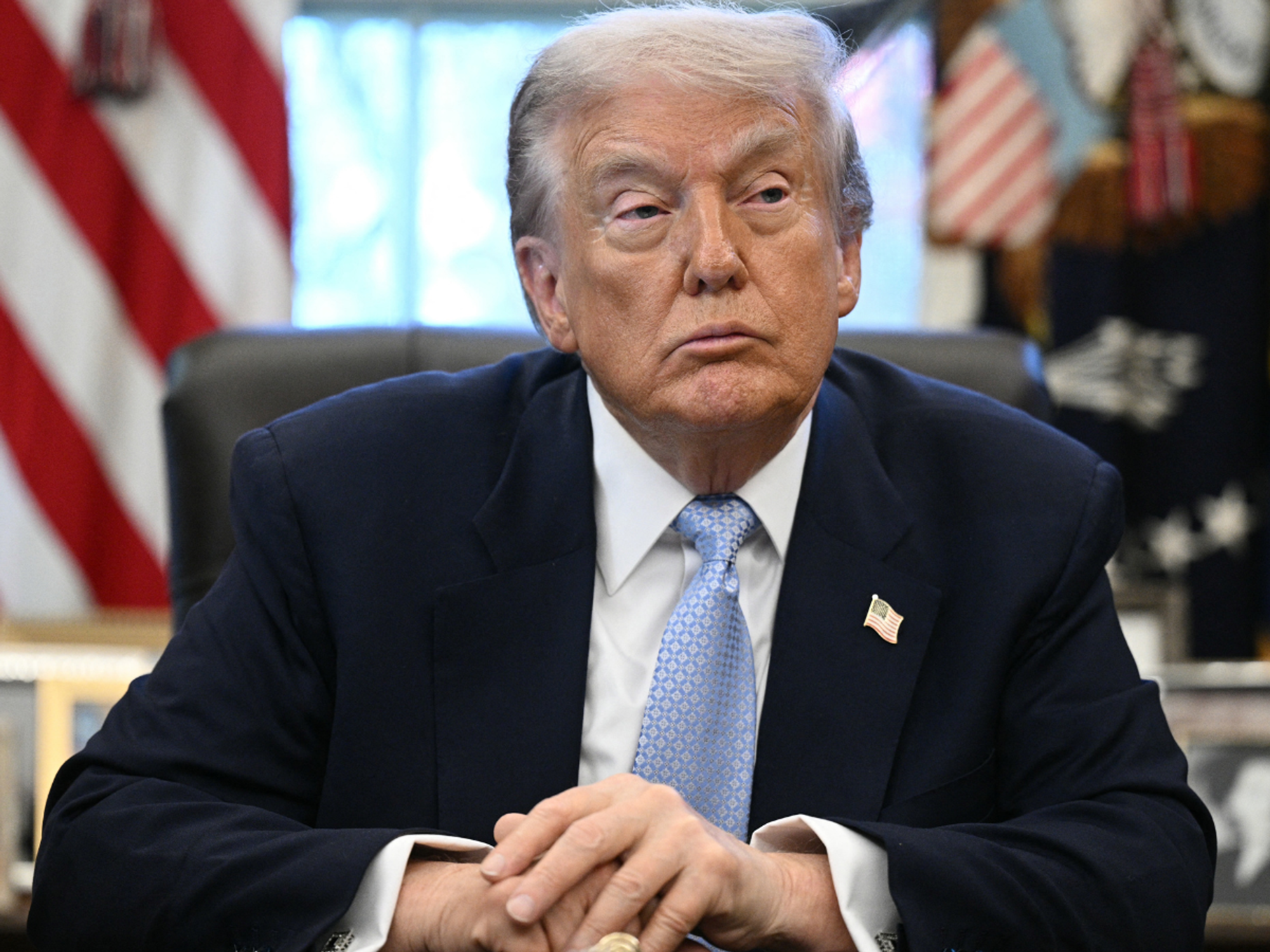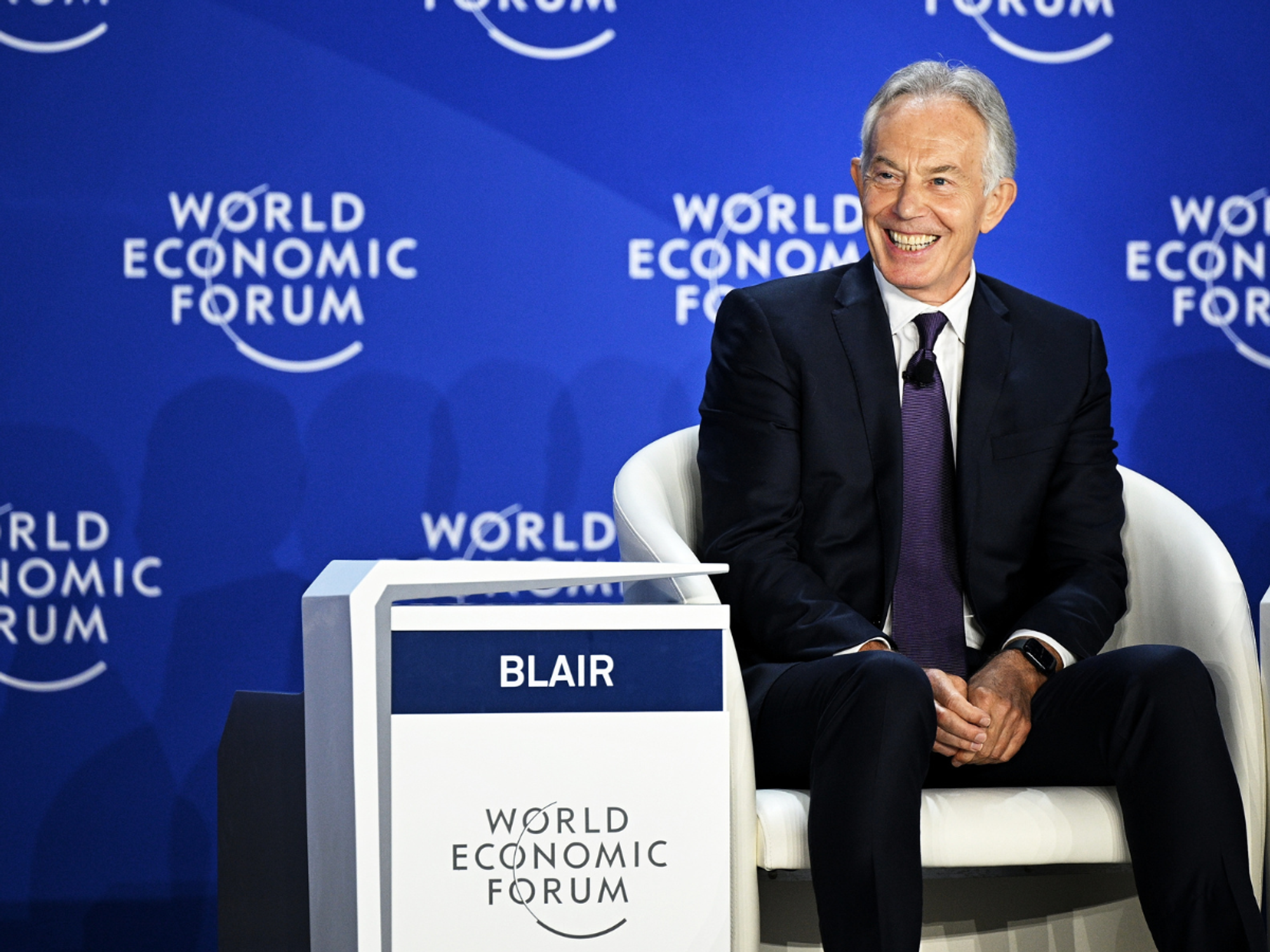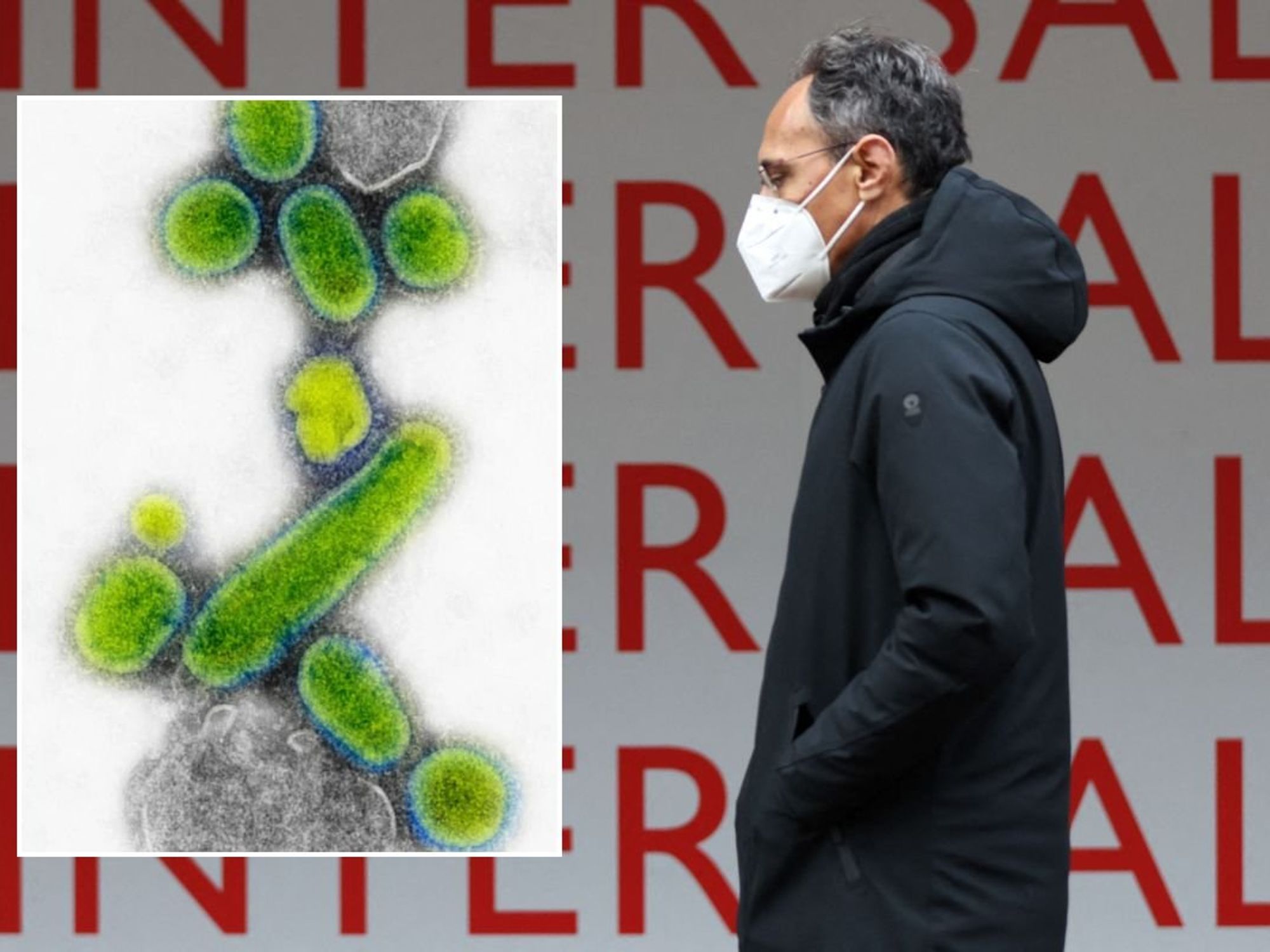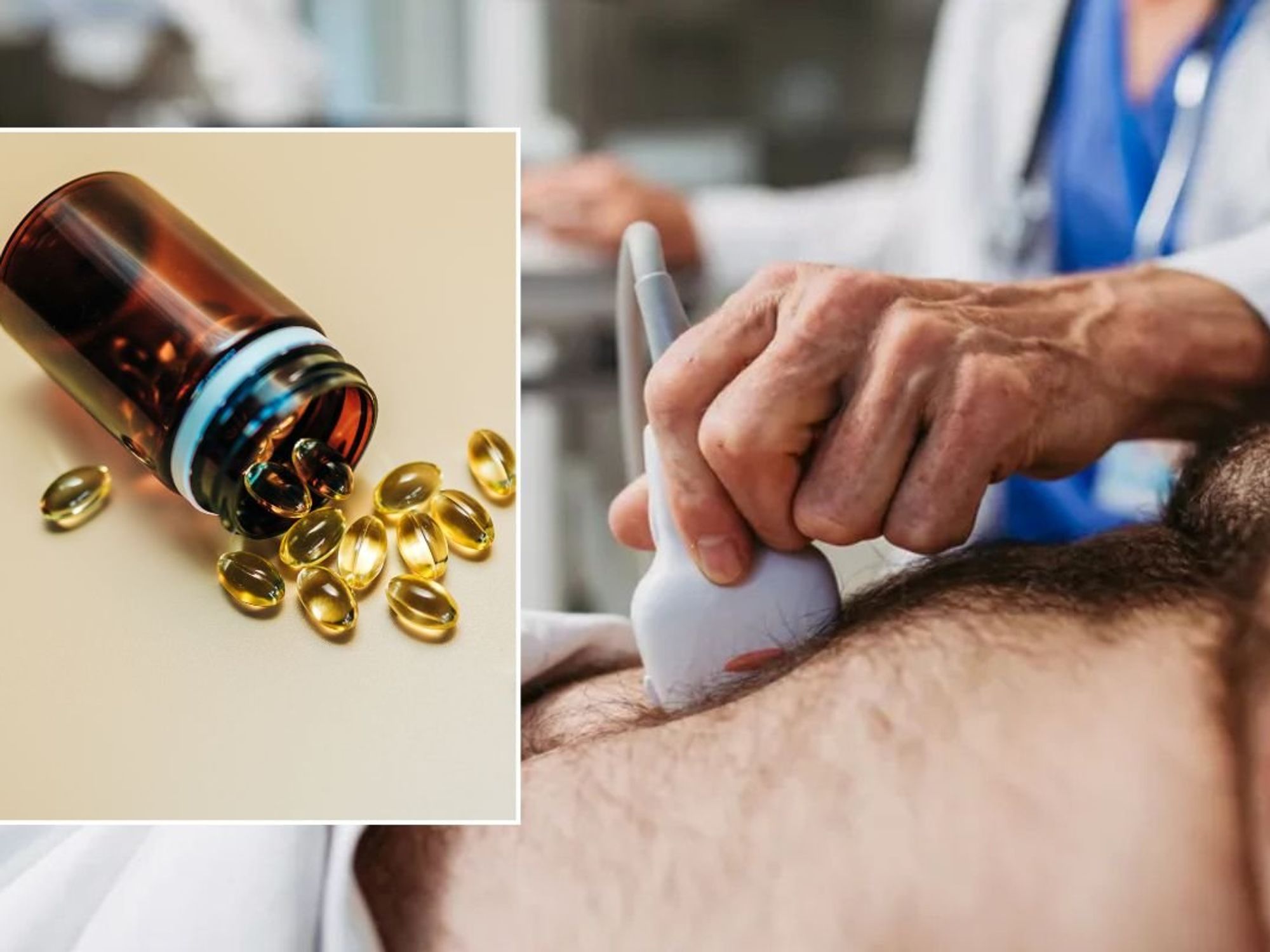Major car brand tests new E20 fuel and liquid hydrogen which could lead to 'widespread adoption'

Two vehicles powered by low-carbon fuel and liquid hydrogen took part in a recent motorsport event
Don't Miss
Most Read
Latest
One of the largest car brands in the world has started using low-carbon E20 fuel and liquid hydrogen as it looks to extend the lifecycle of internal combustion engines.
Toyota announced that it would be entering two vehicles into the ENEOS Super Taikyu Series 2025 Fuji 24 Hours Race as it looks to improve its development of alternative fuels.
The #28 TGRR GR86 Future FR Concept ran on low-carbon gasoline (E20), while the #32 TGRR GR Corolla H2 Concept was powered by liquid hydrogen.
The Japanese brand said the #28 GR86 was well suited to the "harsh environment of endurance racing" and would be able to generate technical feedback.
Do you have a story you'd like to share? Get in touch by emailing motoring@gbnews.uk
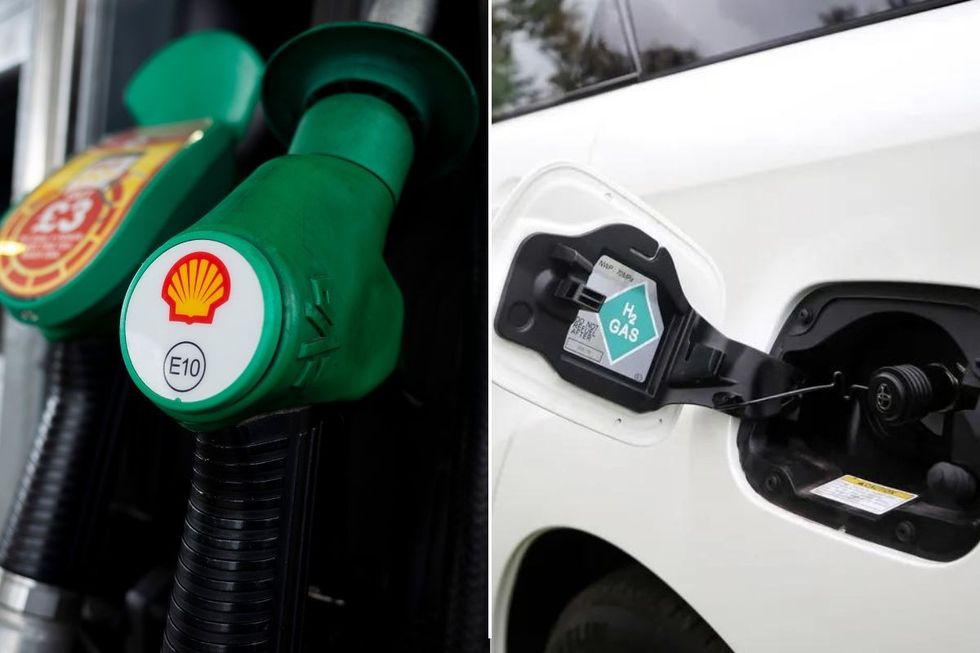
Low-carbon and liquid hydrogen fuels could become more common in the coming years
|GETTY
Toyota said it would be engaging in a variety of options to achieve carbon neutrality using various fuels.
It said it would "take on the challenge" of new efficient engines and hybrid systems that are compatible with various fuels.
E20 fuel is low-carbon and made by blending around 20 per cent bioethanol with standard petrol. Bioethanol is made by fermenting glucose and other substances.
Estimates suggest that E20 fuel can reduce PM2.5 emissions by up to 14 per cent compared to standard unleaded petrol.
Toyota said it would "evaluate" various types of low-carbon fuel, like E20, in the Super Taikyu Series to inform future decisions.
It added: "Going forward, it will be important to accelerate the widespread adoption of carbon-neutral liquid fuels, starting with low-carbon gasoline, with the aim of achieving carbon neutrality in existing vehicles."
Other low-carbon fuels are already commonplace, including E10, which is the standard grade of petrol in forecourts across the UK.
On September 1, 2021, all forecourts switched from E5 to E10 as the standard grade of petrol in a bid to slash emissions from road transport, one of the biggest polluting industries.
LATEST DEVELOPMENTS:
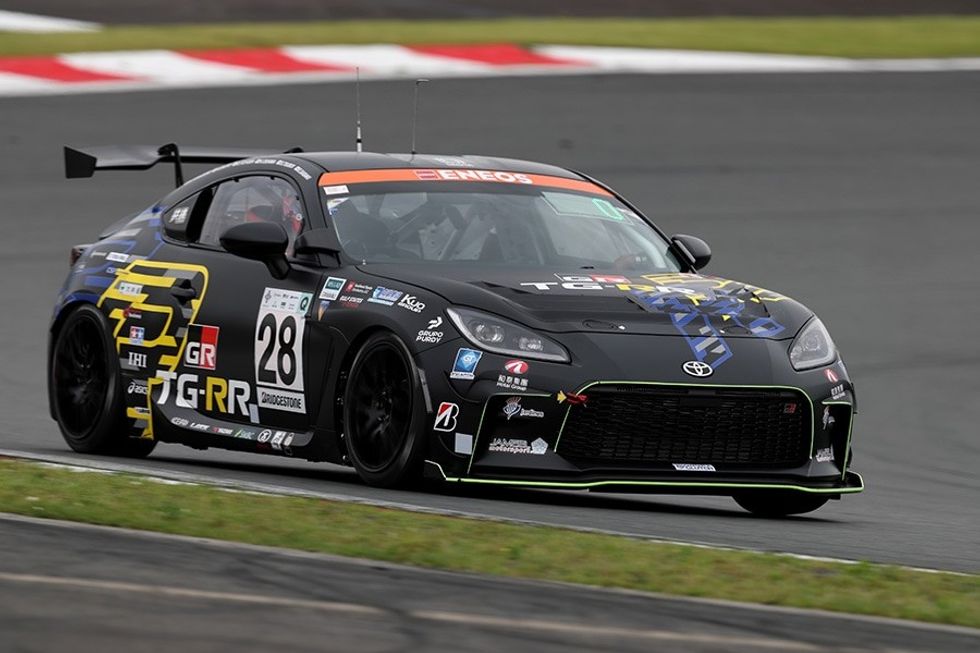
The E20-fuelled Future FR Concept
|TOYOTA
At the time of its rollout, the Government said the switch to E10 would cut transport CO2 emissions by 750,000 tonnes a year - the equivalent of taking 350,000 cars off the road.
It was estimated that around 95 per cent of all petrol cars are compatible with the new standard grade, with owners of older vehicles advised to stick with E5 fuel.
A fuel checker was launched by the Government to ensure all drivers would be able to check whether their car was compatible with the new E10 petrol.
A handful of countries across the world already use low-carbon fuels, with higher percentages of bioethanol, including Brazil, France, Norway and the United States.
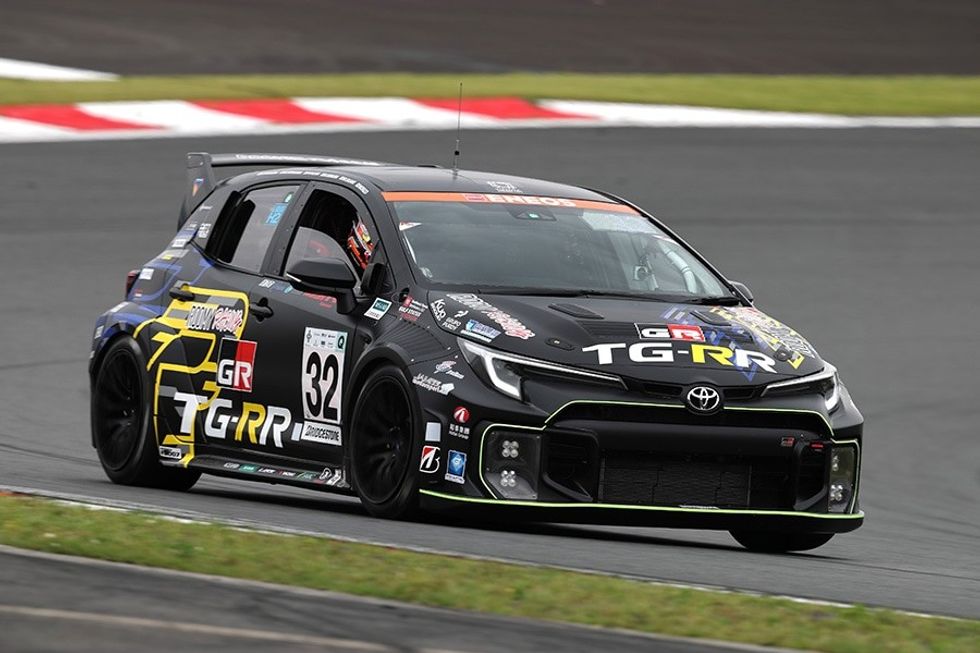
The liquid hydrogen-powered GR Corolla
|TOYOTA
E20 is widely used across Brazil, while E85 is preferred in more extreme climates, such as Australia, Sweden and parts of the United States.
With Toyota looking to increase its use of low-carbon fuels, alongside the uptake of battery electric technology, cars with internal combustion engines could stay on the roads for longer.
The Japanese automaker has also invested in the use of liquid hydrogen, which can increase the efficiency of fuel.
Liquid hydrogen has a higher density than gaseous hydrogen, allowing it to be stored in a tank. So-called "boil-off gas" can be converted back to usable hydrogen fuel for the engine.
Toyota also has the Mirai model, which is powered by hydrogen fuel cells. The only byproduct of this fuel is water, with drivers being able to travel more than 300 miles without needing to refuel.


